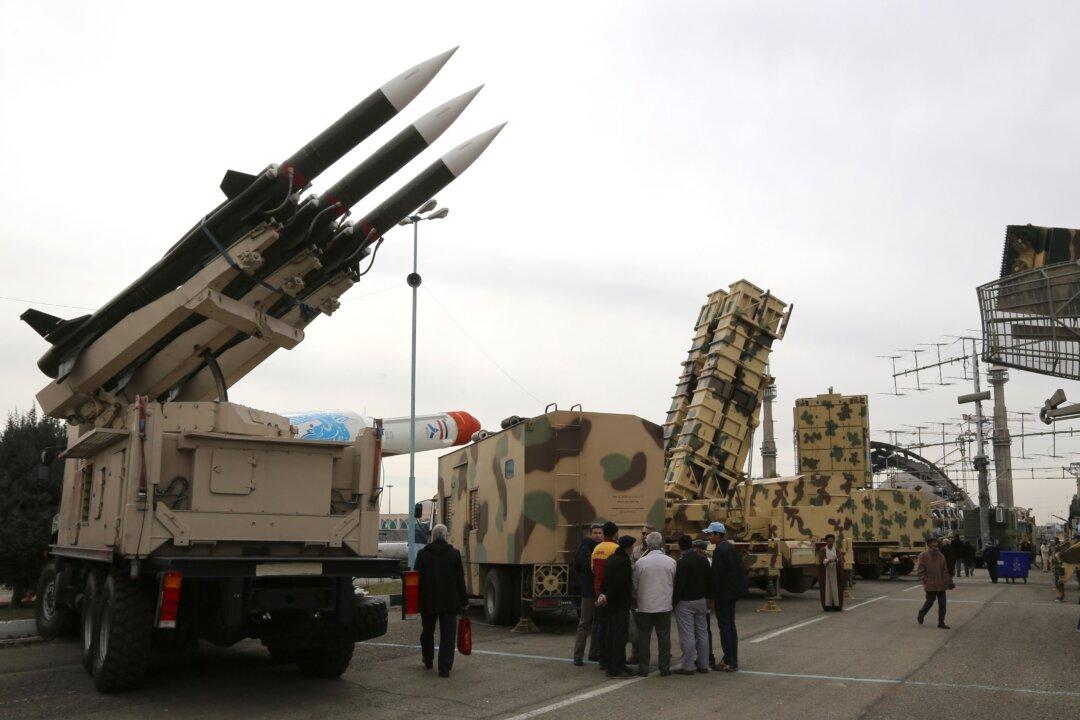Iran’s military ambitions will continue to rely on proxies, “hybrid warfare,” naval power, and missile defense according to an unclassified Pentagon report, but will be clipped by financial constraints and sanctions.
When a UN arms embargo on Iran is lifted next October, Russia and China are expected to supply tanks and fighter jets, according to the Nov. 19 intelligence report.





